The Heavy Truth About Neck Pain in Weightlifting Athletes
Neck Pain is the 4th leading cause of disability worldwide, affecting 30-50% of adults in the United States. This highlights the commonality of neck pain in ALL adults, regardless of activity level.
Often, neck pain is caused by factors such as inactivity, prolonged static postures, poor sleep, and ineffective stress management. While age-related changes like arthritis and disc degeneration can contribute, they are rarely the primary cause of pain. As we age, our bodies change—but with smart movement and strength work, we can manage pain and stay active at any age.
What About Athletes?
That being said, athletes who train in CrossFit, Olympic Weightlifting, and general strength training, also commonly experience neck pain. Despite constantly working to adapt to physical loads and stresses, they are not immune to discomfort. Below we’ll review the most common ways neck pain manifests in strength athletes, and how we can best overcome it!
If you have PAIN in your neck or upper back, and are an athlete looking to overcome pain and return to strength training, this article is for you!
Where in the neck does neck pain commonly occur in CrossFit, Weightlifting, and general strength training athletes?
-
- Pain associated with these activities most commonly arises at the LOWER neck, right above the upper back, and may sometimes include the upper back as well. Athletes often report pain in the upper traps near the base of the neck or between the top of the shoulder blades.
- Pain associated with CrossFit and Weightlifting can also arise at the upper neck/ below the base of the skull, although this is less common. It can manifest into headaches or even jaw pain as well.
- Pain, in either upper or lower neck, can sometimes involve muscles including the upper trap, mid-trap/rhomboids down the shoulderblade, and even the suboccipitals (base of the skull). Sometimes, these muscles ARE involved and exhibit tension relevant to the problem. Other times, they “feel” sore/tense but it’s actually an aggravated nerve that gives it this sensation.

What about nerve pain?
- This arises as a result of mechanical compression of a nerve root that exits the spine, leading to pain in the neck with possible weakness and pain down the arm. The severity, location, and provoking factors greatly vary among athletes; some may have neck pain specifically, some may have this accompanied by pain that radiates down the arm. In fact, some may have pain ONLY in their arm, in various locations, WITHOUT neck pain, masking the presence of an underlying condition at the neck!
- Your spine has little spaces on each side of them, through which the nerves exit. This space can be encroached as a result of multiple things. Muscle tissue tension, joint stiffness in the facets of the vertebrae, and yes, discs can be involved too. Even if the disc is involved, this is NOT pathological. Often, the involvement of a disc is thought to be detrimental and necessitates urgent care; but realistically, it can respond VERY favorably to Physical Therapy intervention for treatment of neck pain and radiculopathy, and invasive interventions are not required!
- Therefore, a thorough assessment is always necessary, and Physical Therapy treatment for neck pain and radiculopathy will always be specific to each individual.
What are the contributing factors to Neck Pain when training?
- Usually, neck pain manifests as a result of SHOULDER movement impairments. Between the neck and the shoulder, there are 17 different muscles that play a role in the articulations here. This includes muscles that surround the cervical spine, thoracic spine, the ribs, clavicle, scapula, and glenohumeral (ball and socket) joint. ALL of these muscles support shoulder movements like pressing overhead, lifting from the floor, turnovers, and single-arm work.
- Common impairments relevant to Weightlifting include:
- reduced shoulder mobility — unable to fully reach overhead when pressing, limited rotational mobility during a turnover
- reduced thoracic spine mobility — stiff spine leads to stiff shoulders!
- weakness/instability in the shoulder — need to guard/ support the shoulder with muscles of the neck instead
- Impairments at the shoulder complex can lead to creates stress and strain to muscles that connect the neck to the shoulder. This includes the Levator, Upper/Mid Traps, the Pec major/minor, the Sternocleidomastoid, Scalenes, Paraspinals, and more!
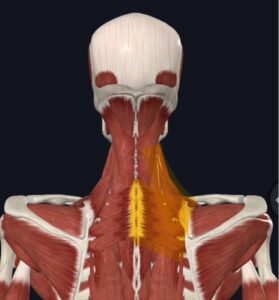
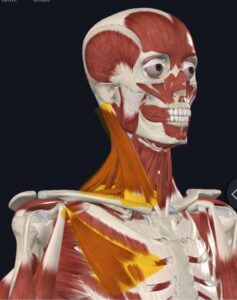
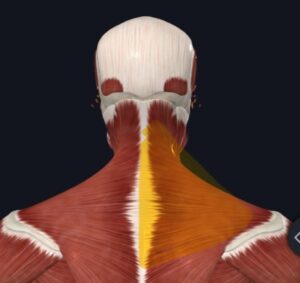
So now that we know the “why” and the “how”… WHAT can we do to overcome and manage Neck Pain when training?
Start addressing pain management with Cervical Retraction. This movement targets the lower cervical and upper thoracic spine, improves mobility, reduces joint tension, and can relieve nerve compression. (Keep in mind—while Cervical Retraction helps reduce pain and improve mobility, it’s just the beginning!)
The Power of Cervical Retraction for Neck Pain Relief
Cervical Retraction is the movement of C7 backwards on T1, at the point where the neck and the upper back meet, also known as the Cervicothoracic Junction (CTJ). Here, a bunch of nerves exit the spine and go down the arm. Also, a lot of muscles attach here, and it is kind of like a central point for muscles and joints to come together to connect the Neck and the Shoulder. I refer to this as the “Hubspot” of the neck.
See the pictures below for ways to mobilize this joint… and reach out to me for a full video breakdown for how to address this spot exactly!
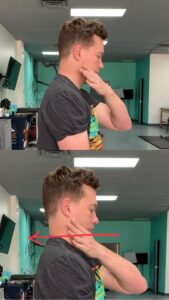

Follow this up with:
- Work on mobility through the thoracic spine and the shoulder! When these areas move well, we can reduce stress and strain to the neck. It’s important to work with a rehab professional to uncover where exactly the issue lies!
- Train and strengthen the shoulder through FULL ranges of flexion and rotation, while avoiding compensatory strategies at the neck. This is important for pressing, the turnover of a snatch or clean, and pulling from the ground — all things relevant to Weightlifting!
- Load & Stabilize the spine and the shoulder — target the muscles that support them in the “retraction” position mentioned earlier.
- As you progress, slowly reintroduce the movements that once caused pain. Proper coaching and technique are key to preventing setbacks and making a safe, effective return!
If you have neck or upper back pain from CrossFit, weightlifting, or general training, this article offers insights on where to start and how to progress. As a Physical Therapist, I’m here to help you improve performance through rehab, coaching, and support. Reach out and let’s assess the issue together!
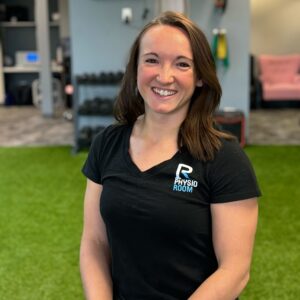
Written by Dr. Jessie Czarnecki – PT, DPT, OCS, CSCS, CIDN| Physio Room
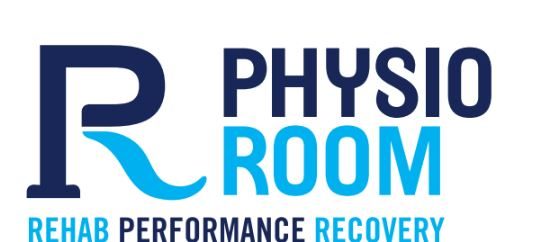

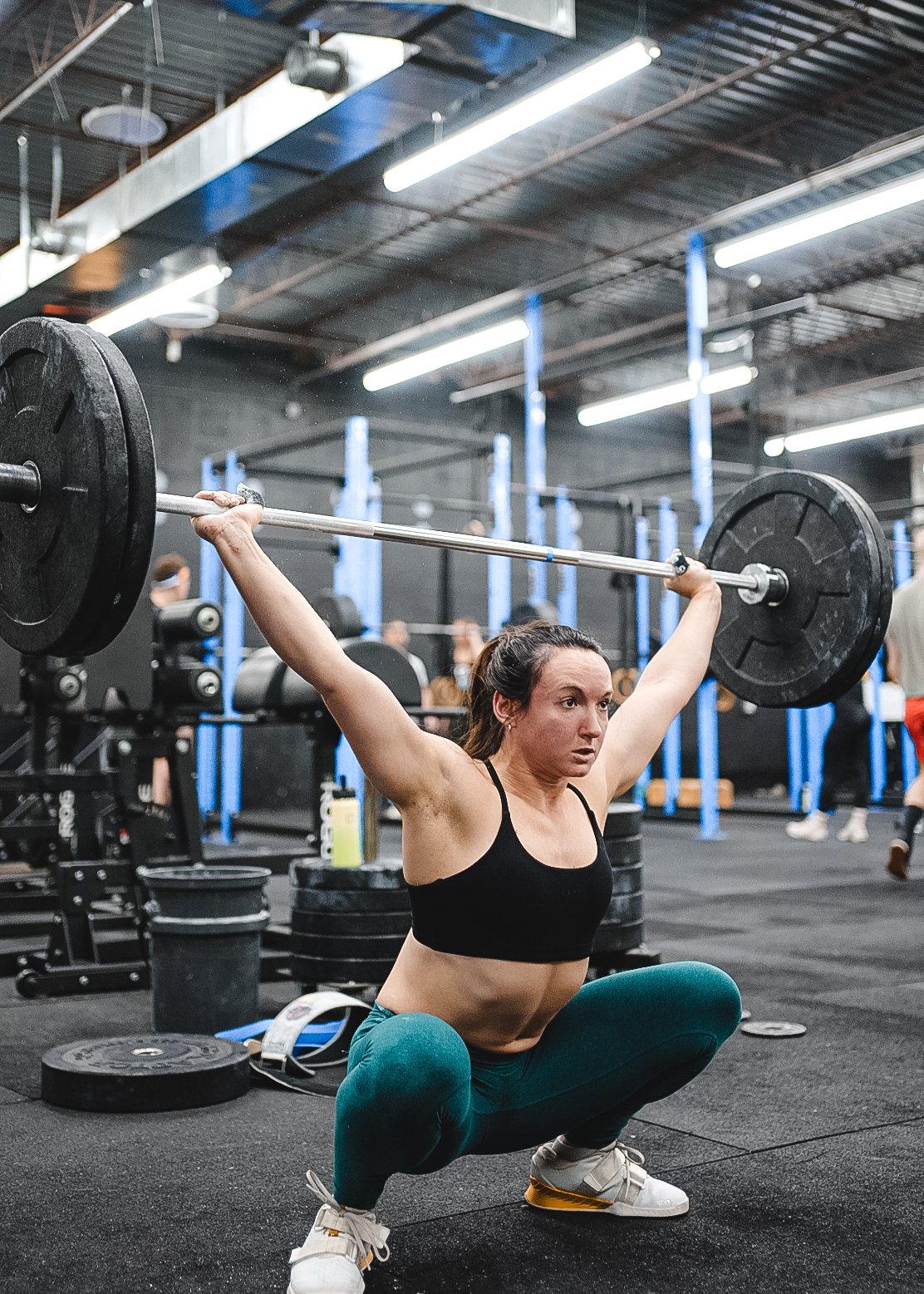
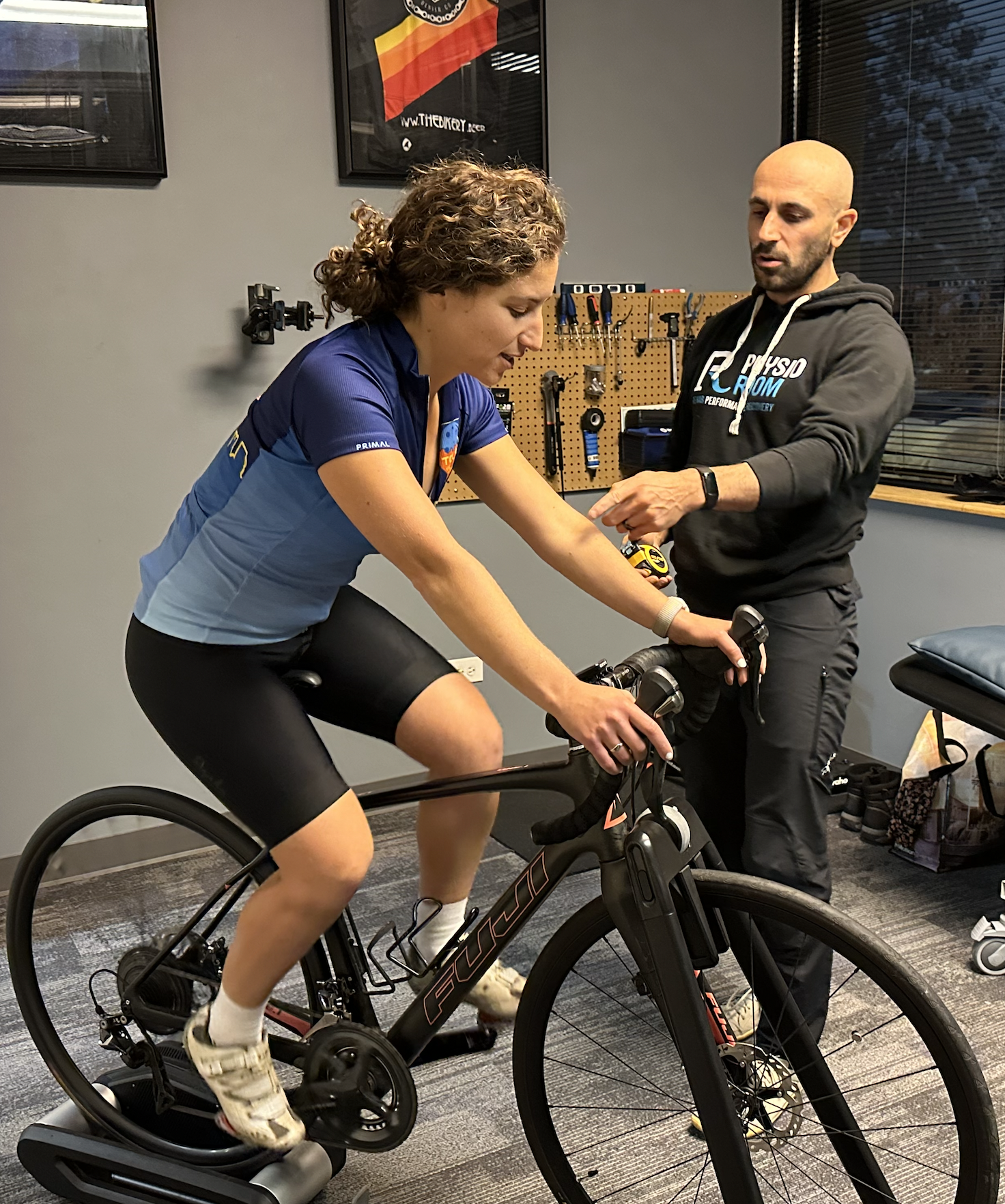
No responses yet